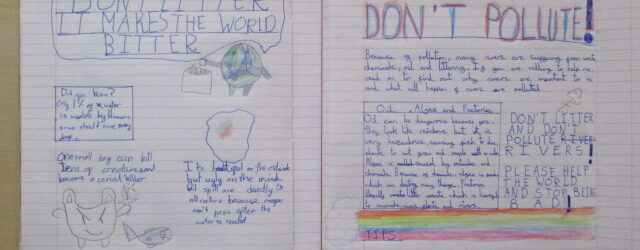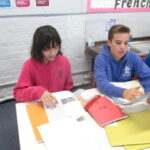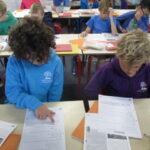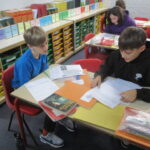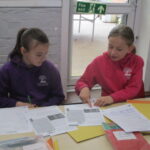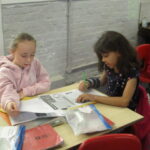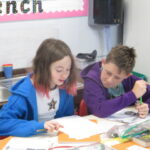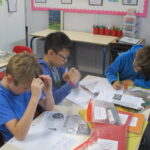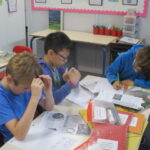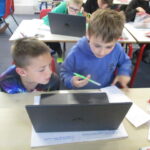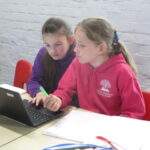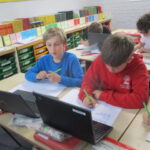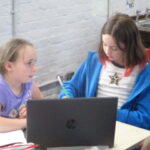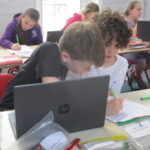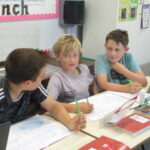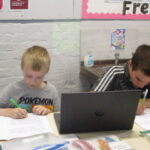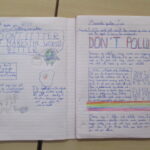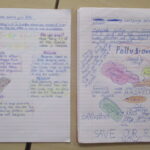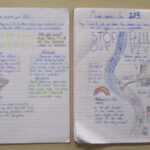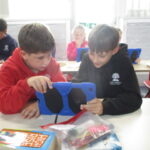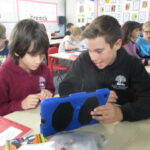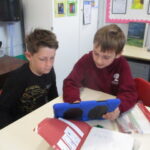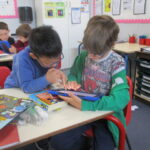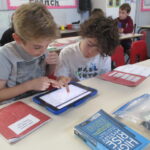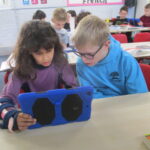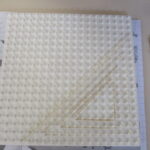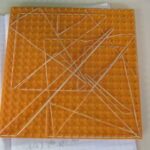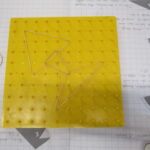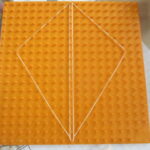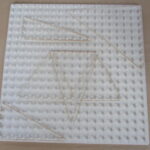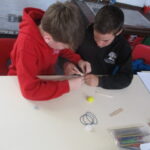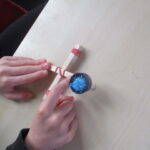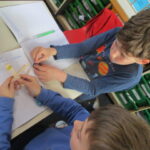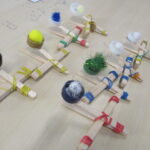This week in Maple Class, our learning had a strong eco-focus. In English, we explored the features of explanation texts, using the water cycle as our example. This linked closely with our Geography lessons, where we learned about rivers and how they erode, transport and deposit materials. We also investigated why rivers are important and researched the causes of river pollution, considering how waste impacts water systems and ecosystems. These discoveries will support us next week when we begin writing our own explanation texts. In our reading sessions, we continued our environmental theme by learning about plastic pollution, including Ocean Pollution: The Great Pacific Garbage Patch.
The children had the opportunity to discuss these issues with their learning partners, answer a variety of comprehension questions, make posters, carry out research and create notes and mind maps in preparation for their writing next week. This learning supports the UN Convention on the Rights of the Child—Article 24, which highlights every child’s right to a clean and safe environment. It also links to Article 17, which recognises children’s right to access reliable information and Articles 12 and 13, which ensure children’s rights to express their views and to share their ideas freely in various forms.
In Maths this week, the Year 5 children deepened their understanding of percentages. Through a range of exercises and visual representations, they explored the concept of percentages and learned how to express them as both decimals and fractions. They applied this knowledge to problem-solving tasks, demonstrating their ability to make connections between the different forms. Meanwhile, the Year 4 children focused on improving their times tables knowledge. They worked on increasing their speed and fluency through a variety of engaging activities, helping to strengthen their mental recall and build confidence in multiplication. The children also had the opportunity to revise key mathematical concepts and collaborate with their learning partners to explain and justify their reasoning.
In French, the children developed their vocabulary related to foods, snacks and drinks, while also learning when to use different determiners. Through a variety of interactive activities, they practised and reinforced the four key areas of language learning: reading, writing, speaking and listening. These activities helped them build confidence in using the new vocabulary in context, both orally and in written form. This learning links with the United Nations Convention on the Rights of the Child—Article 30, which states that every child has the right to learn and use the language of their family and culture and Article 29, which supports a child’s right to education that develops respect for their own and other cultures.
In Maths this week, Year 4 have been investigating the different properties of triangles. The children learned that while all triangles have three sides and three angles, they can look very different depending on those measurements. They explored equilateral triangles (where all sides and angles are equal), isosceles triangles (with two equal sides and angles), and scalene triangles (with no equal sides or angles). They also identified right-angled triangles, which include one 90-degree angle. To support their learning, pupils used geoboards—a hands-on resource that helped them build and explore different types of triangles using elastic bands, encouraging visual thinking and deeper understanding.
In Science, Year 5 have been learning about levers and how they help us move heavy objects more easily. A lever is a simple machine made up of a rigid bar that pivots around a fixed point called a fulcrum. The children explored how a force (known as the effort) is used to move a load, and how the position of the fulcrum affects how the lever works. We looked at examples of levers in the real world—from ancient methods, such as the Egyptians lifting huge stone blocks, to modern-day tools like cranes, see-saws, and even gaming joysticks. To bring the concept to life, pupils created their own working catapults, carefully identifying and describing each part using scientific vocabulary: fulcrum, effort, and load.

